AP Precalculus Review
1/62
There's no tags or description
Looks like no tags are added yet.
Name | Mastery | Learn | Test | Matching | Spaced |
|---|
No study sessions yet.
63 Terms
Exponential function:
If input (x-values) change consistently and output (y-values) values change proportionally
Logarithmic function:
If input (x-values) change proportionally and output (y-values) change consistently
What is the horizontal asymptote in this function: y= 2x²/5x³
Y=0; the denominator power is greater than the numerator power
What is the horizontal asymptote in this function: y= 2x²/5x²
Y=2/5; the powers are equal, leaving the coefficients to be divided
What is the horizontal asymptote in this function: y= 2x³/5x²
None; the numerator power is greater than the denominator power
How do you find a slant asymptote?
Use long division (and disregard the remainder)
Can an equation have a slant and horizontal asymptote?
No
How do you find the equation of a secant line?
Using point-slope formula: y-y1=m(x-x1)
How do you click “RESID” for plots?
Make Ylist: 2nd>STAT>9:RESID
When are functions odd?
f(-x)=-f(x); passes through the origin; SWRT origin
When are functions even?
f(-x)=f(x); symmetric about the y-axis
Arithmetic sequence formula:
an=ak+d(n-k)
Geometric sequence formula:
gn=gk(r )^n-k
When are exponential equations growing?
When a>0, 0<b<1
When are exponential equations decaying?
When a>0, b>1
log(1)/ln(1)=
0
Logb(b)/ln(e)=
1
When do logarithmic functions grow?
When a>0, b>1
When do logarithmic functions decay?
When a>0, 0<b<1
What is a one-to-one function? Can it have an inverse?
When each output has exactly one input; yes
On a semi-log plot, an exponential model will appear ______________ when y-axis is logarithmically scaled
Linear
Where does a sine graph start?
Midline
Where does cosine graph start?
Maximum or minimum
Sine (sin) →
Cosecant (csc)
Cosine (cos) →
Secant (sec)
Tangent (tan) →
Cotangent (cot)
Where are trig functions positive?
QI: All (all)
QII: Students (sin, csc)
QIII: Take (tan, cot)
QIV: Calculus (cos, sec)
Reciprocal identities: sin(x) x csc(x)=
1 (because they’re each others reciprocal)
Reciprocal identities: cos(x) x sec(x)=
1 (because they’re each others reciprocal)
Pythagorean identities:
Think pythagorean equasion (a²+b²=c²)
Pythagorean identities: sin²x+cos²x=
1 (because of unit circle)
Pythagorean identities: 1+tan²x=
sec²x
Pythagorean identities: cot²x+1=
csc²x
Double angle identities:
When trigonometric functions has a 2x
Double angle identities: sin(2x)=
2sin(x) x cos(x)
Double angle identities: cos(2x)=
cos²x-sin²x
2cos²x-1
1-2sin²x
Sum/difference formulas:
Think sin=same sign; cos=different sign
Sum formulas: sin(A+B)=
(sinA)(cosB)+(cosA)(sinB)
Sum formulas: cos(A+B)=
(cosA)(cosB)-(sinA)(sinB)
Sine sum/difference formulas:
Sin and cos on both sides (sin goes first)
Cos sum/difference formulas:
Cos and sin together on both sides (cos goes first)
Difference formulas: sin(A-B)=
(sinA)(cosB)-(cosA)(sinB)
Difference formulas: cos(A-B)=
(cosA)(cosB)+(sinA)(sinB)
How do you solve for the phase shift in a sin function using start?
Equation: B(x+C)=0
FRQ 3: Go to the first midline point graphed, and plug x in
Solve for C
How do you solve for the phase shift in a cos function using maximum?
Equation: B(x+C)=0
FRQ 3: Go to the first maximum point graphed, and plug x in
Solve for C
Y=Asinx/cosx(B(x+C))+D
A=amplitude
B=number of cycles (P=2π/B)
C=phase shift
D=midline
How do you change from polar coordinates to rectangular coordinates?
x=rcosθ
y=rsinθ
How do you change from rectangular to polar coordinates?
x²+y²=r²
tanθ=y/x
Y=√x

Y=1/x
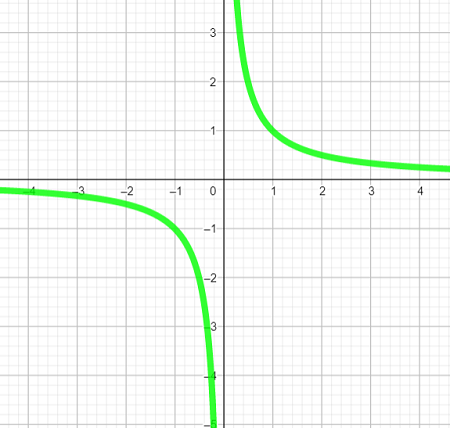
Y=2x
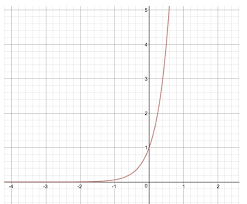
Y=logx

Y=ex

Y=lnx
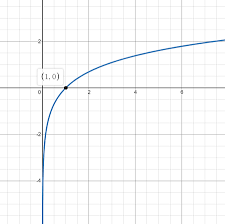
Y=sinx
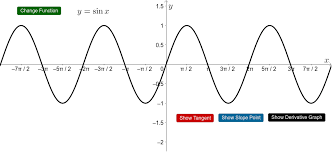
Y=cosx
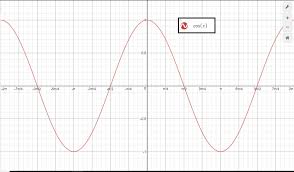
Y=tanx
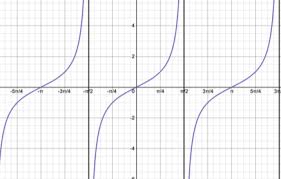
Y=cscx
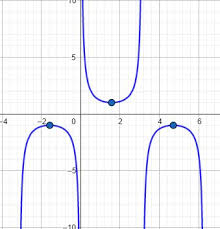
Y=secx

Y=cotx
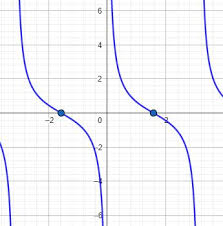
Y=sin-1x

Y=cos-1x
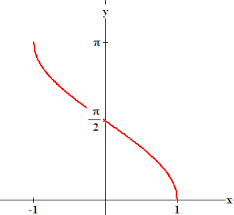
Y=tan-1x
